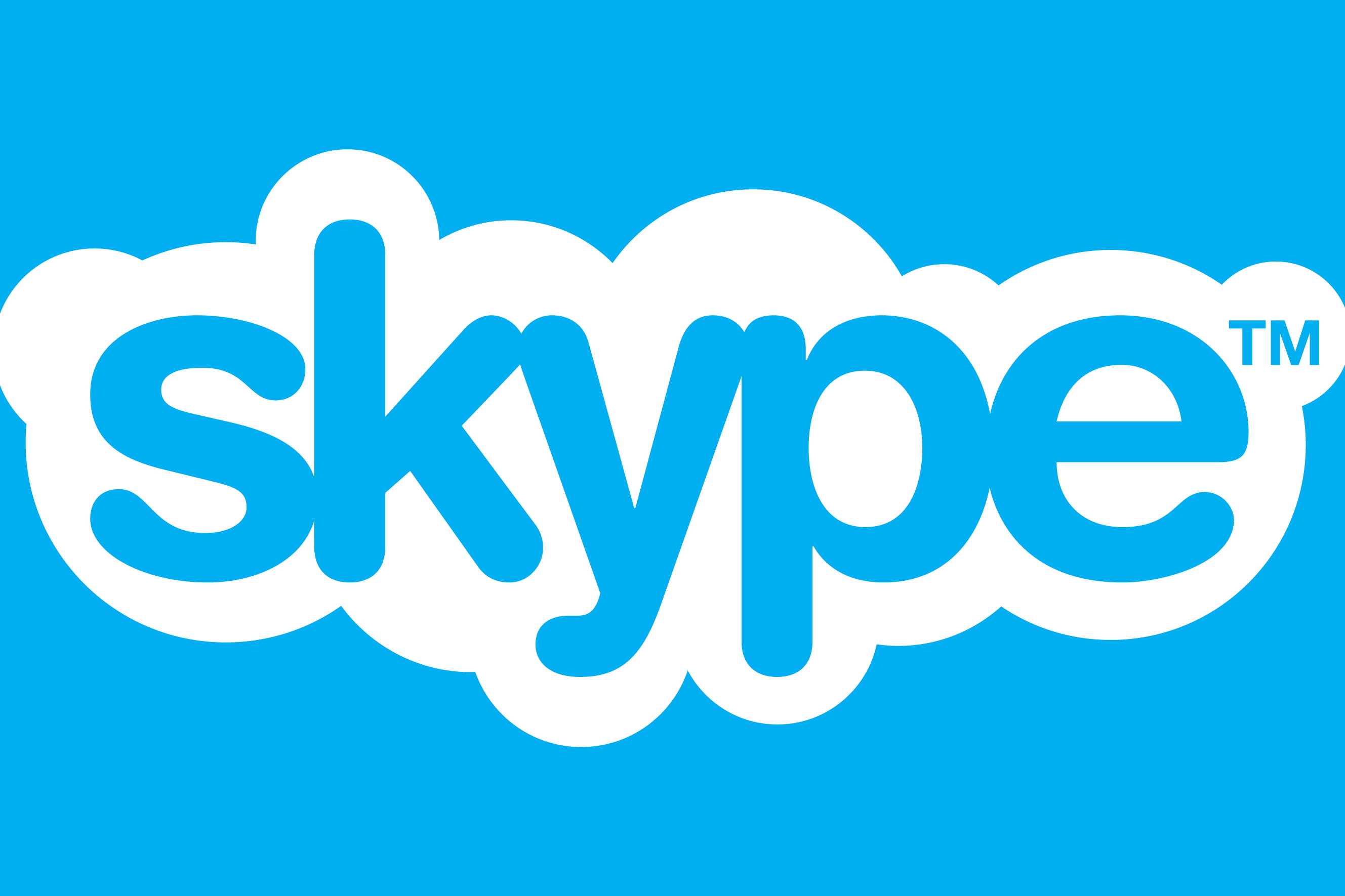How to delete a Skype for Business account
Everything you need to know about deactivating the communications service aimed at businesses


There are many reasons why people want to change the platforms they use to perform critical business functions. Just as it might be for a range of platforms, it's just as true for those who want to move away from Skype as a tool for business communications.
Skype for Business is one of the most popular Voice over Internet Protocol (VoIP) services on the market, with a variety of features that are designed to adapt to the needs of varying roles and departments. The tool isn't quite right for everyone, however.
Microsoft launched Skype for Business shortly after buying the company in 2011, and although Skype was frequently used by organisations, the platform didn't feature the high-end features its users have now come to expect. Previously, the software giant offered a platform called Microsoft Lync, which essentially served the same purpose as Skype. It allowed users to instant message, as well as make calls over Wi-Fi and video conference in HD. The latter then replaced Microsoft's service.
In many instances, however, Skype for Business falls short of users' needs. For example, in some cases, the only iteration organisations deploy to employees are those which monitors communications like texts and voice calls. With privacy a growing concern across not just the workplace, but wider society, this seems deeply unattractive.
Functionality, too, may suffer in some instances, including an inability to call landlines for some users. A host of small but irritating bugs, meanwhile, that have arisen over the years could be enough to put somebody off entirely. This isn't to mention the mind-numbing plight of low-quality video and frustrating connectivity issues.
So if you want to discontinue using Skype For Business or want to remove a user that, for example, may no longer work for the company anymore, you can do so in a variety of ways.
Here, we explain how to remove a user from Skype for Business.
Get the ITPro daily newsletter
Sign up today and you will receive a free copy of our Future Focus 2025 report - the leading guidance on AI, cybersecurity and other IT challenges as per 700+ senior executives
Deleting a Skype for Business account
Removing a user on a basic level is a pretty simple task. From Office 365, go to the Office 365 Admin portal, then Active Users and select the user you want to delete. Hit 'Edit' under Product Licenses, choose the license type and deselect Skype for Business under the listed applications. Finish by applying the changes.
Using Skype for Business Server Management Shell to remove a user
Now, this is a little more complicated. If you want to remove a user account assigned to the CsUserAdministrator role or the CsAdministrator role, you'll need to access the Skype for Business Server Control Panel.
To do this, enter the Admin URL into your Web browser, select Users and then select Search, inputting the user account name you wish to delete. Select the account you want to remove and from the Action menu, choose Remove from Lync Server. You'll then be asked to confirm you want to delete the user. Select OK and the user will be deleted.
Using Windows PowerShell cmdlets to remove user accounts
Skype for Business user accounts can also be removed by using the Disable-CsUser cmdlet. For example, type in the following: Disable-CsUser Identity "username". When this command has been run, you cannot re-enable the account and its previous settings. Instead, you will have to use the Enable-CsUser cmdlet to create a brand-new account for the user.
Removing Skype for Business from a computer
You can remove Skype for Business if you have installed an MSI-based Office, with the Click-to-Run version installed, all you can do is disable it. If you have MSI based Office installed, go to appwiz.cpl and click on the Skype For Business icon to change it to "Not Available".

Keumars Afifi-Sabet is a writer and editor that specialises in public sector, cyber security, and cloud computing. He first joined ITPro as a staff writer in April 2018 and eventually became its Features Editor. Although a regular contributor to other tech sites in the past, these days you will find Keumars on LiveScience, where he runs its Technology section.